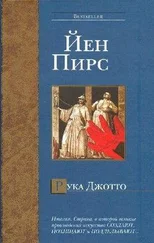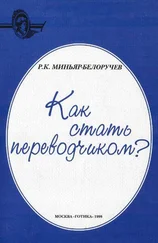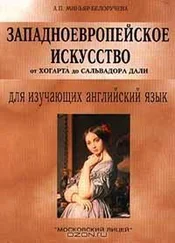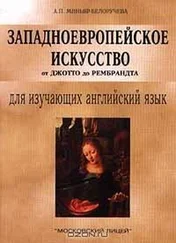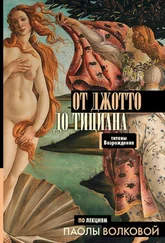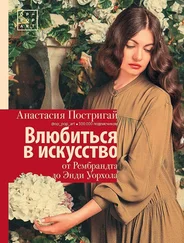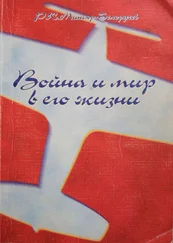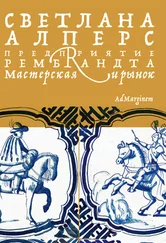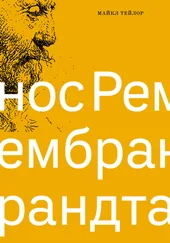Venus of Urbino – «Венера»
Portrait of Pope Paul III and his Grandsons – «Портрет Папы Павла III с Алессандро и Оттавио Фарнезе»
Crowning with Thorns – «Бичевание Христа»
Tasks
I. Read the text. Make sure you understand it. Mark the following statements true or false.
1. The subject of the Sacred and Profane Love has been sufficiently determined.
2. Titian never ventured into the realm of the colossal.
3. The recumbent pose was originally devised by Leonardo.
4. The colours in the Madonna of the House of Pesaro are deep.
5. Titian's portraits sparkle with colour.
6. Titian's last religious works have never been surpassed.
II. How well have you read? Can you answer the following questions?
1. Where did Titian come from? Where was he trained?
2. How did Titian implement Leonardo's ideal of the painter's standard? Was he treated like equal by the princes of his time? Can you prove it?
3. What mythological pictures are analysed in the text?
4. What does the Sacred and Profane Love represent? What is there in the background? What does Cupid do? What does this picture glorify? What colours dominate in this painting? How is this work of art interpreted?
5. What is depicted in the Bacchanal of the Andrians ?
6. What religious paintings are described in the text? What is depicted in these pictures? What differs one picture from another? How are Madonnas shown? What do these pictures symbolize?
5. What portraits are mentioned in this text? How did Titian portray the sitters? Where did Titian apply his triangular principle?
6. What did Titian's latest work depict? What devices did Titian use to express the agony of Christ and the fury of his tormentors?
III. I. Give Russian equivalents of the following phrases:
the exteriors of Venetian palaces; to foil for; brushstrokes; free meditation in colour; pagan subjects; freedom of poses; by means of engravings; sarcophagus; carefully modelled hands; mythological and religious pictures; to break up the symmetry; a radical view from one side; to mute all sharp contrasts; the rich light of the picture; the picture is interpreted as; a triangular principle; veils of pigments; a palace interior; in the mature years; to apply a sketchy technique to; movement of colour; inlaid floor, wall hangings; a recumbent pose; altarpieces; shimmering drapery.
II. Give English equivalents of the following phrases:
картины на мифологические и христианские сюжеты; звучная живописная гамма; в зрелом возрасте; тенистый пейзаж; инкрустированный пол; шпалеры; лессировка; тщательно выписанные руки; принцип треугольника; заказать картину; применить технику наброска к; алтарные образа; картина трактуется как; творческое наследие; нарушить симметрию; движение цвета; подчеркнуть путем контраста; фасады венецианских дворцов; приглушать яркие краски, грунтовка.
III. Make up sentences of your own with the given phrases.
IV. Arrange the following in the pairs of synonyms:
a) to disport; to foil for; recumbent; determinant; to glorify; allegorical; shimmering; characteristically; frescoes; to redeem;
b) to contrast with; reclining; to worship; to entertain; element; mythological; glowing; to protect; murals; predominantly.
IV. Here are descriptions of some of Titian's works of art. Match them up to the given titles.
1. The soul reunited with the body to be lifted corporally into Heaven.
2. The agony of Christ is expressed in storms of colour.
3. The figure relaxes in ease on a coach in a palace interior.
4. The triangular principle is embodied in the balanced relation ship of the gloved and ungloved hands to the shoulders and the youthful face.
5. The people disport themselves in a shady grove.
6. Two women sit on either side of an open sarcophagus.
7. The columns are seen diagonally.
8. The sketchy technique was applied to the whole picture.
a. Madonna of the House ofPesaro
b. Portrait of Pope Paul III and his Grandsons
c. Crowning with Thorns
d. Sacred and Profane Love
e. Venus of Urbino
f. Assumption of the Virgin
g. Bacchanal of the Andrians
h. Man with the Glove
V. Replace the expressions in italics in the following sentences with expressions from the text which have the same meaning.
1. Titian helped Giorgione to restore the external murals of the Venetian palaces. 2. When Titian became free he succeeded in establishing colour as the main element. 3. The painting worships the protecting power of love 4. The people of the island of Andros entertain themselves in a dark forest. 5. A pose of reclining Venus was initially invented by Giorgione. 6. The Assumption of the Virgin is Titian's single endeavour into the realm of the tremendous. 7. The smooth and carefully modelled hands and features are typical for Titian's portraits. 8. Titian's late works of art of heathen subjects are free in their power and beauty.
VI. Insert the missing prepositions. Translate the text. Retell the text.
Susannah at her Bath,… Jacopo Robusti, called Tintoretto,… 1560, can be considered as one… the great works… Venetian Mannerism. The story… Susannah, the Biblical «Heroin… Chastity», is taken… the Old Testament. Two men secretly entered her garden while she was… her bath unaware… their presence. When she rejected their advances they accused her falsely… her husband. Only the prophet Daniel's wise judgement saved her… the death sentence which had been passed… her alleged adultery. Here Tintoretto uses the characteristic Mannerist device… exaggeration and distortion in his drawing to portray the innate tension… that moment… the story. The sharp contrast… light and darkness,… terrifying proximity and the far distance, all contribute… the surprise and admiration that the picture evokes. Over and above all these Mannerist tricks lies the magic of Venetian painting… its preference… brownish-hues expressed… clearly visible brushstrokes.
VII. Insert the article wherever necessary. Translate the text. Retell the text.
The Raising of the Widow's Son in Nian, around 1565/70, was painted by… Veronese when his colour achieved… clarity and brilliance hitherto unknown in… Venice. He uses… sky and architecture as… cool foil for… jewel-like colour of… clothing. It gives… worldly, festive atmosphere to… New Testament story of how Christ raised… young man from… dead. Veronese has put… figure of… grateful mother into… centre of… picture and… young man who has been raised from… dead is only just visible in… lower left-hand corner… picture is thought as if it were… quotation from… play with… figures and architecture scattered around. In this way Veronese draws… observers into… action and, as so often in… Mannerist art, mixes… levels of reality.
VIII. Translate the text into English.
Тициан Вечелло – величайший художник венецианского Возрождения – создал произведения на мифологические и христианские сюжеты. Тициан оставил после себя богатейшее творческое наследие. Оно оказало огромное влияние на художников последующих веков.
Читать дальше

